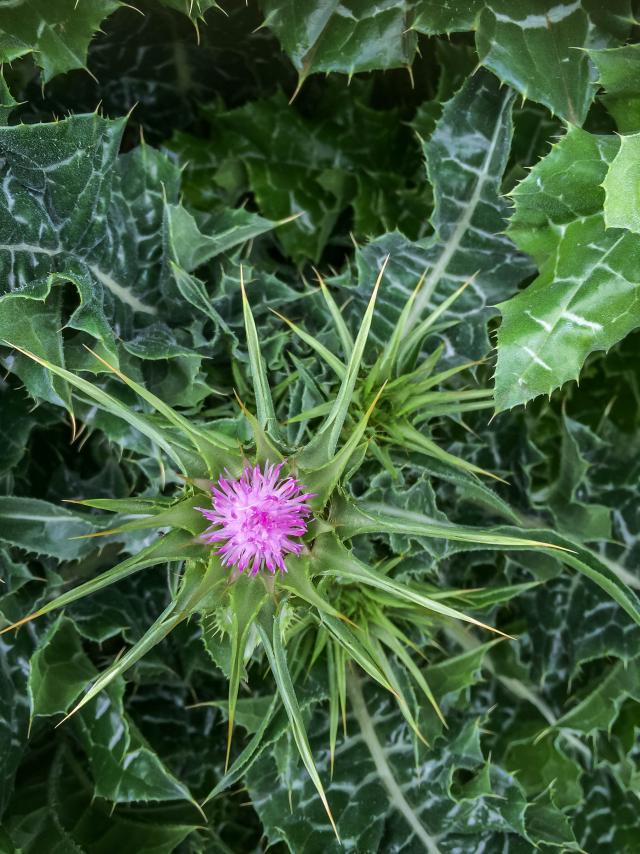
THE chill of the winter weather has prompted the Limestone Coast Landscape Board (LCLB) to encourage landholders to watch their properties for weeds.
LCLB southern operations team leader Nicole McGuiness said there is a range of priority declared weeds to be aware of this winter.
The types of weed which needed to be kept under control included Salvation Jane, Horehound, African boxthorn and the Variegated thistle.
“Preventing spread and decreasing weeds on your property benefits industry and most importantly the long-term sustainability of your land,” Ms McGuiness said.
A priority weed for the LC Landscape Board this season is variegated thistle.
The weed typically establishes where there are bare patches in pasture and with dry summer conditions, these paddocks are more prone to new weed infestations.
The Variegated thistle has shiny, mottled green leaves, deeply divided into toothed segments with short spines along the edges.
Variegated thistle accumulates nitrate throughout its growth period, to levels which can be toxic to sheep.
The weed becomes most palatable when it has wilted, which also happens to be when nitrate levels are at their highest, and most dangerous, for the weed.
“It’s really important to treat this thistle well before it flowers in spring and with multiple treatments over the winter period,” Ms McGuiness said.
“Seeds can remain dormant in soil for up to 9 years, however consistent and effective management of pre flowering plants can reduce years of re-emergence.“
Sheep are the main cause to the spread of the thistle, but other causes are also known to be water, vehicles, machinery or in a combination of feed such as hay.
Landholders are encouraged to check their properties in particular along fence lines to prevent spread on to roadsides and neighbouring land.







